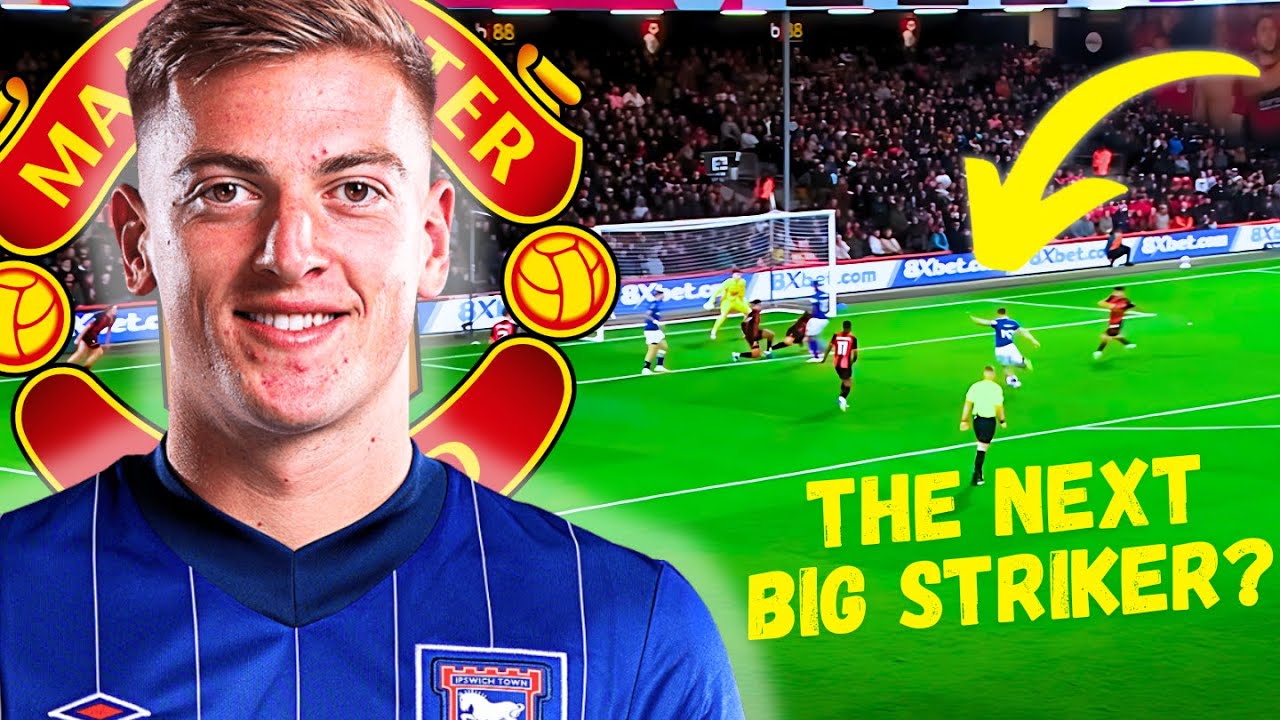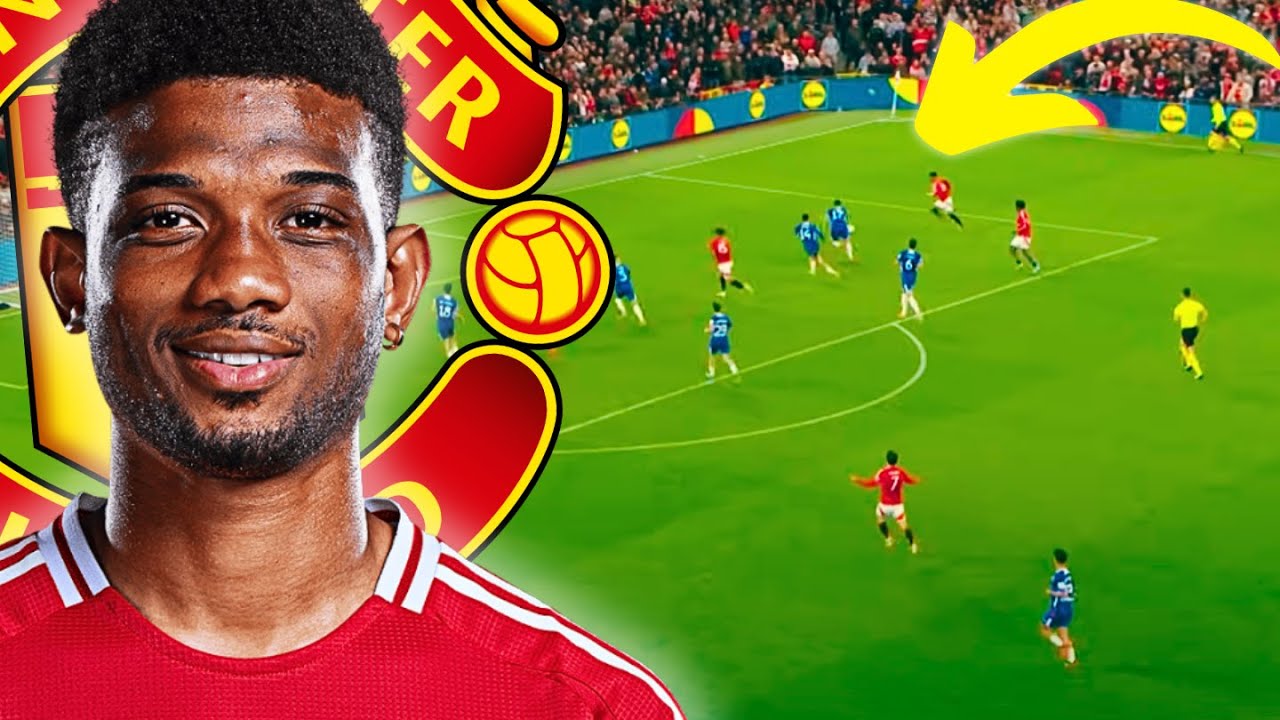The Tactical Revolution of Xabi Alonso

What do you get when you mix the Gegenpressing intensity of a manager like Jurgen Klopp, the positional structure of someone like Guardiola, and the relationist clusters of a manager like Fernando Diniz?
Well, the answer is Xabi Alonso’s Bayer Leverkusen. Their style is a combination of all these principles, bridging the gap between all the main philosophies of modern football and creating their own unique approach.
From build-up to counter-attacks to counter-pressing, Bayer Leverkusen are scoring in every way imaginable, and Xabi Alonso is grabbing all the attention with his style of play, with the German team very quickly becoming one of the most entertaining teams in European football. Let’s take a look.
When Alonso took over as head coach in October 2022, Bayer Leverkusen were in a dire state, sitting 17th in the Bundesliga and looking like an extremely disjointed squad. But just one year later, Alonso has completely changed the identity of the team, instilling some exciting principles based on attacking play and defensive intensity.
As a result, Bayer Leverkusen were able to claw their way up the table and claim a spot in the Europa League. And their start to this season has been nothing short of spectacular, currently setting the standard in the Bundesliga.
It’s hard to give their style of play an exact name, as they’re not extremely reliant on one single way of playing. But the statistics can help us pinpoint what kind of team Bayer Leverkusen is.
Firstly, their tactics are highly reliant on passing combinations. So far this season, they’ve completed the most passes than any other team, and the close proximity between the players is reflected in the amount of one-twos they complete.
We can get a good sense of this proximity by looking at the players’ average position throughout the season, with players perfectly positioned in a way to create triangles and easy passing routes. As a result, they also rank high for possession, averaging around 60% possession per match.
On the pitch, Leverkusen have started every game in a 3-4-2-1 formation. However, in reality, it is much more resembling of a 4-2-3-1, with the right wing-back Frimpong acting as the right winger and Grimaldo being used in a role more resembling of a full-back rather than a wing-back.
Again, their average position suggests this structure, with the four defenders, the two holding mids, the two inside forwards, the right wing-back, and the striker up top. We can get a good sense of this shift from a back 3 to a back 4 in this clip here.
With the goalkeeper in possession, the first structure is a 3-2 with Grimaldo out wide. However, as they circulate possession and find space to move it forward, it quickly transitions into a back 4 formation, with the right wing-back constantly pressed up on the defensive line.
However, the players are not fixed to specific positions and are free to rotate to find space. For example, one of the two pivots often drops in as the full-back. Hoffman or Wurz can drop into the midfield and the wing-back can also invert into a more central position.
But to really understand what makes Leverkusen so dangerous, we need to understand how the double pivot interacts and rotates along with the rest of the team.
The partnership of Palacios and new signing Granit Xhaka are crucial during build-up and while their initial position will see them shift together in a parallel position, depending on the amount of pressure from the opposition, their position isn’t fixed and will attack forward in turns to create more options further up the pitch, often playing in a vertical line, providing extra support to the inside forwards.
For example, as the ball moves out wide to the right flank, in order to offer more support, Xhaka can move into a central position, Hoffman can drop into a more active position in midfield, and Palacios can push up into a more advanced position in midfield.
This allows the team to effectively and consistently overload the opposition and will form these clusters of players all across midfield, forcing the opposition to tighten their shape before finding players away from this congested area and with space to attack forward.
Here’s an example of this rotation: the ball shifts to the right flank, Xhaka moves inside, Palacios pushes up, and Hoffman drops deep. This creates this box shape out wide and as the opposition tighten their shape to stop this overload, as soon as Leverkusen are able to break free from the pressure, their first objective is to switch play into the opposite flank, in this case with Wurz and Grimaldo in acres of space to attack forward on the left flank and in a 2v1 against the opposition’s fullback.
Their ability to create these congested areas means the opposition will very frequently break their line and struggle to keep an organised shape, and once Leverkusen find their way out of this area, they instantly look to shift the ball out wide to players in more space. But forthese clusters of players to work effectively, even the movement of the striker is extremely important.
Depending on which side the team is building down, then the striker will shift his position accordingly to always pin the centre back on the side of the ball. This ensures that the defenders can’t push up to stop this overload and will essentially create a big gap between defence and midfield, giving Leverkusen even more space to attack forward.
If they are able to break free of the pressure, then the positioning of Boniface means Leverkusen will often find central routes to progress through, with the striker either laying it off or turning and attacking the back line.
Here’s an example from their game against Bayern Munich. As Leverkusen move inside from the left flank, Boniface is in a position on the left inside channel, giving the team a quick vertical option away from the cluster. While this play didn’t work out, you can see how this group of players forced Bayern Munich to tighten their shape, and Fringpong potentially had all the space ahead of him to attack forward.
Now, their first goal against Cologne perfectly highlights their principles from start to finish. Firstly, we have the double pivot in a line in order to give the team a central option. As the team breaks the first line, then Palacios pushes up between the lines to give the team a more advanced option in midfield, leaving Xhaka as the only holding midfielder.
This run forward creates an overload between the lines, with the space being made even bigger with the striker and the wingbacks threatening a run in behind and pushing the defensive line further back. As they find space, the objective is now to move it into Boniface, breaking the midfield line and now having five players against the back four. We have the wingbacks out wide, the striker, holding midfielder and the inside forward in the centre.
Whilst their build-up and progression into midfield is impressive, it’s their efficiency in the final third that has caught everyone’s attention. When it comes to attacking the box, Leverkusen are extremely direct.
They rank in the top three for chances created from dribbles, cutbacks and through balls, but rank last for chances created from crosses, showing how they are much more reliant on central progression rather than delivering balls into the box.
Given that there are constantly two players stretching the back line and pinning the fullbacks, it frees up space for the central players to push forward, often forming a front five and outnumbering the back line.
As the inside forwards push up, the defenders and holding midfielders are also very offensive in nature and will comfortably pick up advanced positions in the opposition’s half, allowing the team to add numbers in the box, but also have support to rotate the ball to less crowded areas. Here’s a quick example against Bayern Munich.
As they move into the final third, there’s four players on the back line. In this case, the inside forward, Werth, is giving the width and so the left wing back, Grimaldo, is occupying a central position. But the true danger is created because the right centre back, Kosunu, has pushed up in line with one of the holding midfielders, allowing Xhaka to gain a more advanced position between the lines.
This means it gives Leverkusen two options between the lines, and as Kosunu plays this excellent pass forward, it’s now a 6v5 against Bayern Munich’s back line. From this position, there are two central options for Grimaldo to choose from and attack the box. Or in some situations, they can move it out wide and look for cutbacks.
Essentially, their main progression happens through the centre, before looking to attack the back line through any route available in that moment. And as a result, their attacking routes are extremely balanced between left, centre and right, making Leverkusen extremely unpredictable in the final third.
This aggressive mentality and their ability to bring a lot of players into the final third has meant that Bayer Leverkusen are seriously overperforming so far this season. In fact, by taking a look at this graph that measures the team’s expected points, measured by using a team’s XG for and against, and the team’s actual points per game, we can see how they sit well above this line, currently outperforming all teams in the Bundesliga.
Finally, not only are they excellent in possession, but their aggressive defensive mentality is also a huge driving force for this team. Instantly closing down the opposition with a well-organised man-oriented press.
In fact, they currently rank first for gegenpressing intensity and efficiency in the Bundesliga, highlighting this key component of their game plan. While the season is still long, Xabi Alonso has very quickly grabbed everyone’s attention, and there’s reason to believe Bayer Leverkusen could be title contenders come the end of the season.
And now, let me know what you think of Xabi Alonso’s tactics and where do you think Bayer Leverkusen are going to finish this season? Leave your thoughts in the comments down below.




